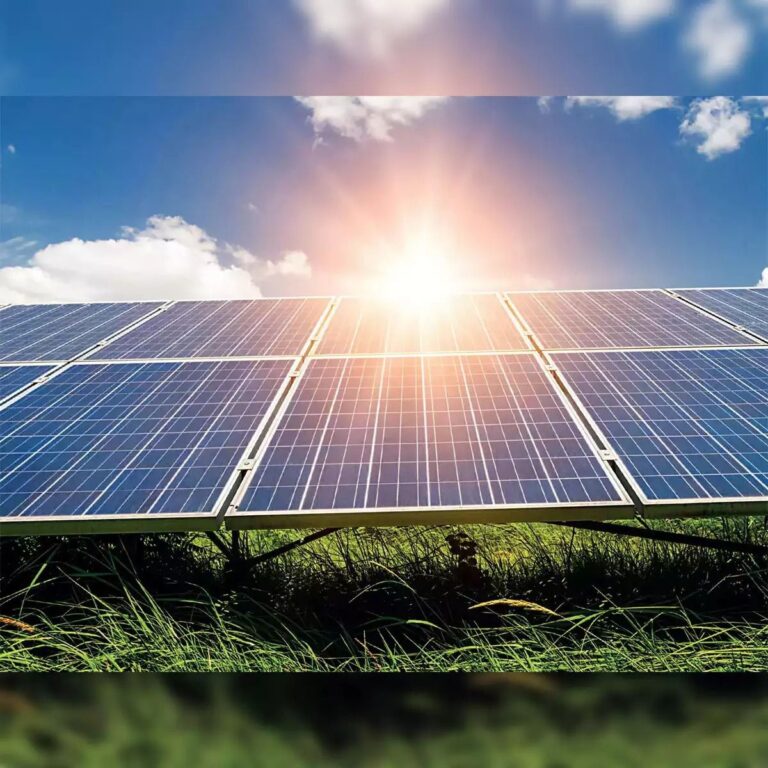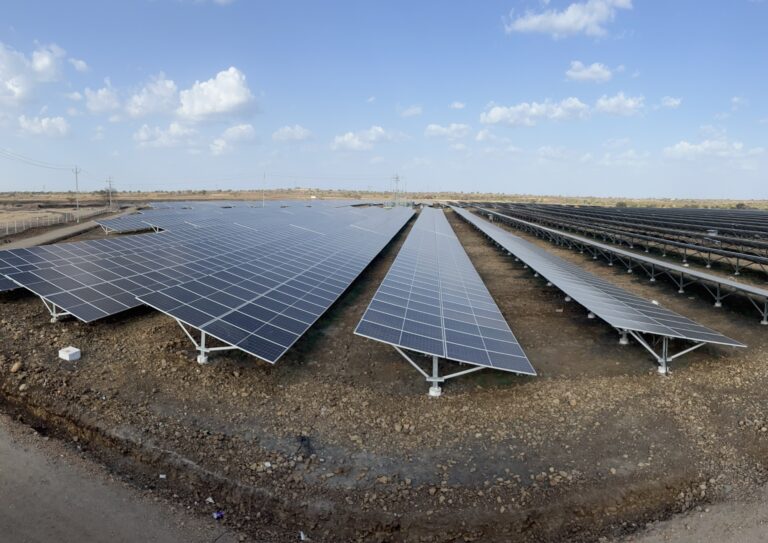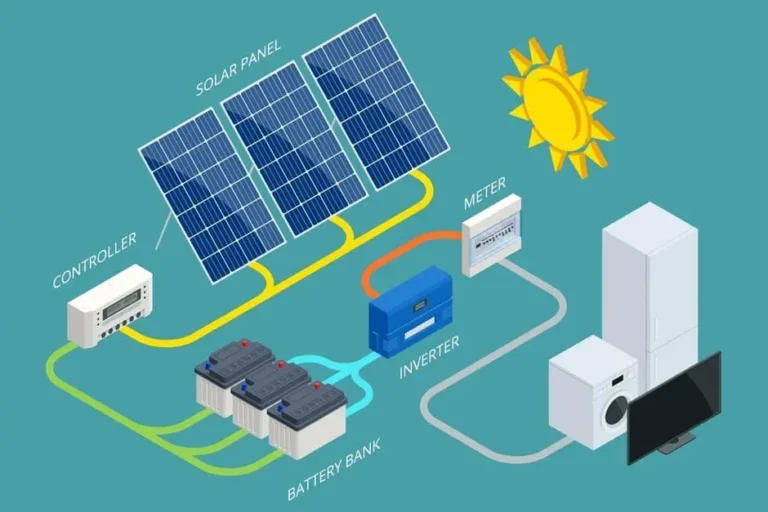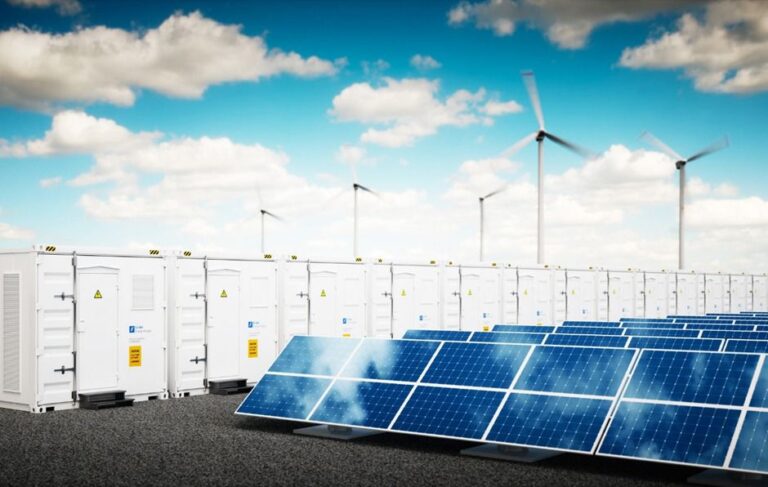Renewable Energy Innovation: What to Can We Expect in 2024
(Renewable Energy Innovation)
Innovation in the generation, delivery, and storage of renewable energy is still centered on meeting the growing global need for energy. Energy providers kept lowering their dependency on carbon-based fuels and broadening their energy sources in 2023. Many of the newest developments in power production, distribution, and management were focused on local as well as grid-scale renewable power uses. An overview of some of the Renewable Energy Innovation and technologies that will affect the production, delivery, and storage of renewable energy in 2024 and beyond.
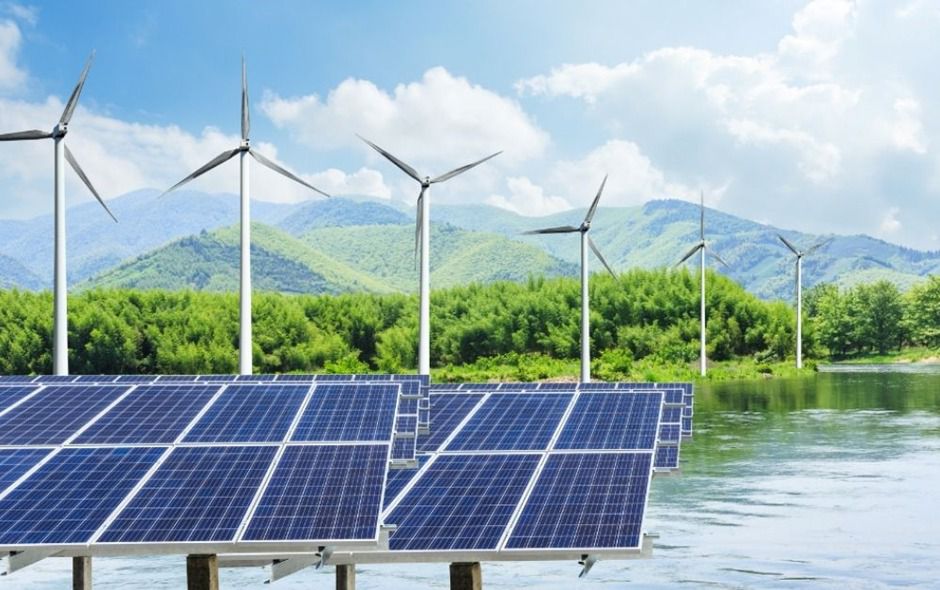
High-Voltage Power Devices
The development of high-voltage power semiconductors will continue to influence and propel the generation of renewable energy. The rectifiers, inverters, and converters that condition power produced by renewable sources to power loads and for distribution to the grid and storage systems are built using power FET switches as their fundamental components.
Since most renewable uses will have lower unit volumes for component makers than automotive ones, a large portion of the power technology utilized in high-voltage renewable uses will be repurposed from substances created for electric vehicle (EV) charging.
Energy Storage
Improvements in energy storage capacities are best quantified in years rather than months, similar to advances in battery technology. With its high energy density and track record, lithium-ion batteries are the perfect energy storage solution for portable devices like electric vehicles. For bigger, grid-scale applications including renewable energy storage, lithium-ion batteries can be pricey, making it challenging to achieve long-duration storage needs while remaining economically feasible.
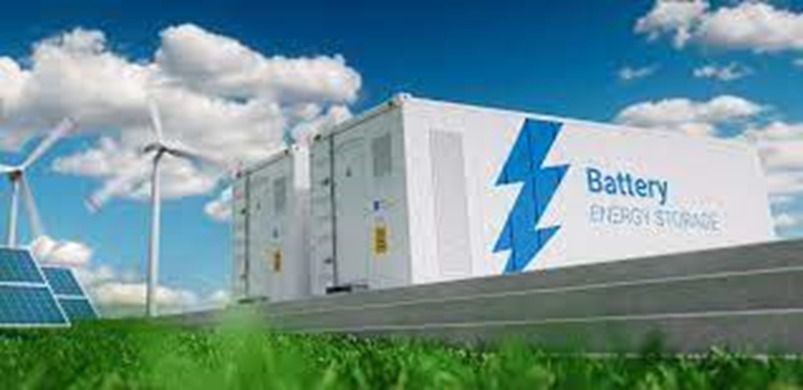
Solar and Wind Energy Advancements
Wind and solar energy are about to undergo revolutionary improvements. Large-scale offshore wind turbines with gigawatt capabilities and bifacial solar panels, which collect sunlight from both sides, are only the beginning. These developments will make it possible to harvest renewable resources more effectively, increasing their viability and ability to compete with more conventional energy sources like wind and solar power. One noteworthy trend is the increase in solar PV capacity, which is expected to account for a large amount of the expansion in renewable energy sources and surpass one terawatt of worldwide solar power output.
Electric Thermal Energy Storage
The fact that renewable energy must nearly always be combined with some form of storage technology presents an obstacle to its broad use. Simply put, compared to a business that burns coal consistently, the sun and wind aren’t as consistent.
Energy storage is also necessary for solar panels and wind turbines so that extra energy may be stored for days when the weather is very breezy or sunny. On days when there is a greater demand for power, you can also draw from the energy reserve.
Advanced Photovoltaics
Solar companies are reducing the requirement for extra land utilization while integrating PV systems with every part of our environment. Consequently, agrivoltaics, floatovoltaics, and integrated PV are reasonable trends. Thin-film cells are also being developed by companies to improve the flexibility, affordability, lightweight, and environmental friendliness of solar panels.

Emerging startups are developing methods to use mirrors and lenses to focus solar electricity in order to increase PV performance. Energy conversion is improving many times due to advancements in photovoltaic materials, including the usage of perovskite. These developments are combined with photovoltaic designs for optimal production and efficiency.
Hydropower
Hydro energy is reliable since it is predictable, in contrast to solar and wind energy. Additionally, hydroelectric dams and ocean-based energy derived from waves, tides, and currents provide great energy density with less reliance on traditional sources.
Energy converters and component upgrades for more effective energy gathering are the main areas for development in these renewable energy sources.
Green Hydrogen
Of all energy sources, hydrogen gas has a very high energy density and emits almost no greenhouse gases. But the majority of hydrogen, which is found in grey and brown forms, comes from non-renewable sources. The transition to green hydrogen has been accelerated in the last ten years by advancements in fuel cells and renewable energy. Even if it is cleaner, it still has difficulties in distribution and fuel cells’ poor energy conversion efficiency. These factors have led to advancements in green hydrogen that concentrate on enhancing the distribution, storage, and transit of hydrogen.

Conclusion
The future of renewable energy seems bright. It can enable nations to achieve energy independence and is accessible, clean, and ecologically beneficial. The time has come for change in the entire world, and renewable energy may now take the spotlight.

